I'm theoretical chemist, and I want to find all bonds which (when broken) split the molecule to two disconnected parts. In other words I want to find all such bonds which are not-redudant - meaning, if you break them, there is no other connection (between the two parts of molecule) left.
I guess this should be some standard problem from graph-theory (considering molecule is graph where atoms are nodes and bonds are edges)
I can write some brute-force algorithm which test each bond, wheather it is redudant or not (by traversing the graph from one side of the bond, and checking if I can reach the node form the other side of the bond). But this seems quite inefficient to me. And I believe there should be more efficient algorithm which can find all such bonds by traversing the graph just once (of just few time - much less than number of bonds).
There is illustration example. I wan't to find the red bonds.
